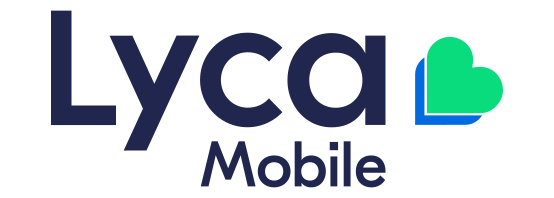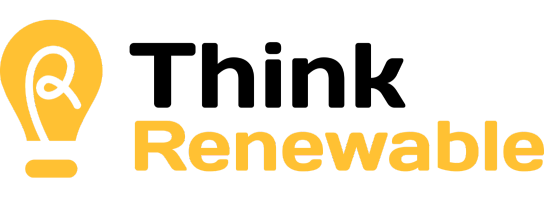5 Tips for Getting Hired After a Career Break
When you’ve had a career break and you’re looking to make a return to the workforce, the excitement and the nerves are pretty real! The good news is that you can take comfort from the fact that you’re not alone in these feelings.
According to a recent LinkedIn survey of 23,000 workers worldwide, 62% of employees have taken a career break, while 35% are keen to do so in the future. Whether you’re returning to work after a break for family reasons, redundancy, after travel or for mental or physical health concerns, you might be worried about how things have changed in the workplace while you’ve been away.
While it’s true things have progressed at a lightning speed in digital, sales and marketing, and contact centre industries, it’s just as true that there’s been a huge focus on increasing diversity, equity and inclusion. We’ve put together five tips to help ease your transition back into the workforce.
Consider Your Current Circumstances
Before you embark on your job search, it’s a savvy move to reflect on your wants and wishes for your new role. As you try to work out what you want, it’s just as important to focus on what you don’t want. What would you like to achieve right now and in the near future? Perhaps you just want to dip your toes in the market and ease back in.
In this instance, a temporary or contract position might be an innovative idea. Consider your requirements around hours, salary, commute time, work from home options and so on. Do you want to work independently or in a team environment?
Carefully contemplate your answers as they’ll shape your job search and help you decide whether to choose temporary and permanent roles.
Research the Industry
A little prep work to arm yourself with knowledge about the latest trends and news will give you a great boost of confidence but might also reveal areas where you can refresh your knowledge or learn more – YouTube is your friend here!
On the topic of confidence, turn to reflect on your strengths and current skill set and write these down. If you’re not sure, ask family and friends where they believe your strengths lie. As you go through this process, you might discover you’ve learned a lot from your career break, just like others have as shown in recent LinkedIn research.
Over half of employees surveyed (56%) said they acquired new skills or improved existing ones — such as problem-solving, communication and budgeting — during their career break. 54% of women said they were better at their job after their career break, with many stating their emotional intelligence stores skyrocketed by raising a family (anyone tasked with the job of raising children with different personalities across ages and stages will agree!).
As you read through your skill set list, you’ll probably be pretty surprised at how much you’ve learnt during your time away from the workforce, and that much of it’s highly relevant for success in your industry. Give yourself a pat on the back and enjoy the confidence bolster it brings (an essential when embarking on a new job search).
Polish Your CV and Explain Your Career Break
Before you head back to work, it’s time to refresh your CV. If it’s been several years since you’ve touched it up, you might like to check out our guide about on how to write a complete CV, as well as our tips for updating your headshot for your professional profiles.
When it comes to addressing your career break, there’s no need to shy away from it. You can frame it positively by highlighting what you learned along the way. It helps that many organisations are currently taking proactive steps to de-stigmatise career breaks. LinkedIn is one.
They’ve inserted an area under the ‘experience’ section in members’ profiles to explain a career gap. It covers the reasons for a break, be it full-time parenting, bereavement, caregiving, a gap year, redundancy and so on.
Hot recruitment tip: be sure to personalise your CV to every position you apply for by including keywords from the job ad and addressing how your skills meet the job duties/requirements.
Ask Your Network for Help
Networks are amazing sources for job opportunities or at the very least, intel. Reach out to your connections and see whether they have any leads. It might be former colleagues and bosses, as well as friends and family. Let them know you’re back on the job market, but you could also take the chance to ask them if they’d be interested in being referees.
They may be able to recommend or point you toward any of the programmes newly put forth by the Australian Government, too. You may not have heard that they have ‘supported returner’ programs in place to help women return to work after a career break — Career Revive is one. Consider looking into companies that provide these structured pathways to help you get back your workforce mojo. Some examples include ANZ and Macquarie.
The NSW government also announced in their recent budget a $32 million cash injection into their Return to Work program. It will now also provide one-off grants of up to $5000 to help women meet financial obstacles in getting back to work.
Consider Chatting With a Professional
It’s natural to feel a little worried about going back to work after a break, so it can help to have an expert in your corner, someone who can support you to reintegrate.
Here at WOW, that’s something we love doing. As a specialist recruitment agency in Sydney, we get how tricky it can be navigating a return to work, no matter the reason for your career break. Our job goes beyond recruiting the right person for a role, it’s about being a career advisor and partnering with our candidates to develop their career paths. After all, today’s candidate can easily become tomorrow’s client!
We can support you by offering advice about:
- interview formats, techniques and how to answer questions
- how to refresh your CV, tailor your applications and develop your elevator pitch
- industry trends and insights including remuneration rates
- suggested courses and certifications (if needed)
- identifying your strengths and areas for improvement
- current job opportunities, some of which before they’re externally advertised
If this sounds good, feel free to get in touch with one of our WOWzers.
Extra Help?
We hope these five tips help you prepare for returning to work after a break. Here at WOW, we love helping people like you get back to work with confidence and ease, so please let us know if we can give you extra support.
You might like to also check out our selection of exciting opportunities in account management, digital, and business services such as admin, business support and secretarial positions. We also have a great range of sales and marketing jobs in Australia!
















